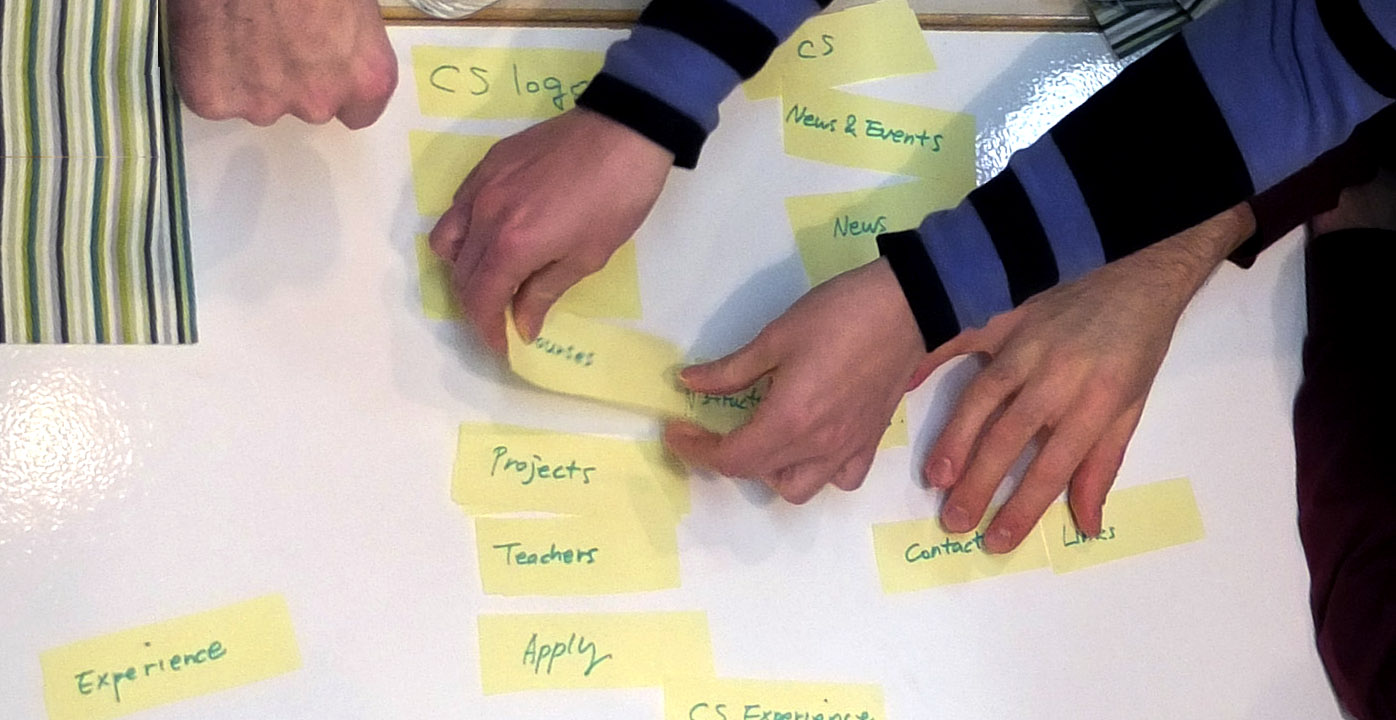We take a look at why it’s so important to build your intranet on a solid information architecture, and how to make sure you get it right.
Corporate intranets don’t become intuitive, popular and easy-to-use by chance.
Before an intranet is built, it’s really important to determine its shape, decide what prominence to give each feature, and come up with a menu structure that works.
Rather than relying on sheer luck, you can ensure success by constructing a good information architecture that reflects how your users and business work.
What is an information architecture?
Information architecture is the process of designing a structure to hold the shared information and content that makes up your intranet.
It’s hard to overstate the importance of creating an information architecture that reflects your organisation’s way of thinking and working.
A good information architecture supports the tasks and goals of the people who end up using it. It shouldn’t come as a surprise, then, that the best way to achieve that is to speak directly with those people.
In order to get it right, you need to undertake some simple exercises, analyse the data, and take into account any other business needs. This lets you draw out valuable insights into the thoughts and expectations of your intranet’s users – and what they want to achieve.
That data can be used to create a structure for the new intranet that genuinely meets users’ needs, as well as providing the quickest and most intuitive routes to achieving common goals.
Play your cards right
The main exercise for determining an information architecture is called card sorting.
In a card sort exercise, participants are given a number of cards, each one labelled with a different kind of content that you might find on an intranet. They then select the cards that represent information or tasks most important to them, and group the cards based on what feels right to them.
Each person’s card sort results represent their mental model for how their intranet would be ideally structured. By running the card sort exercise many times with a large number of potential users, we can start to draw out useful conclusions about things like:
- How content should be grouped
- How the layout should be designed, and
- What prominence to give each kind of information.
Better shape up
We use an online card sorting tool, which helps us quickly start spotting trends in the data, but it’s also quite straightforward to run it with real cards.
Combining everyone’s results not only takes care of the obvious ways to group content, but can reveal surprising combinations and structures. Most importantly, it means that the final layout of the intranet can be shaped to work the way that most users expect.
The information architecture is then used to influence everything from the homepage navigation, to design and layout, and the journeys users take through the site.
Taking everything into account
As well as the card sort exercise, other factors can be taken into account to make sure the information architecture is as close to the ideal as it can be. This might involve performing an analysis of any existing intranet, using metrics gathered from existing use to help understand how users work.
Any additional needs expressed by the customer are also taken into account, as well as ideas from our extensive experience in building intranets for a diverse customer base.
Creating a solid information architecture is a vital step in building a great intranet. By taking the time to speak to users, respect their needs and understand the day-to-day tasks they need to accomplish, we can build a structure that feels friendly, intuitive and usable.
The benefits of this route are immense: involving users early on not only gets them engaged and interested in your intranet project, but guarantees high user uptake of the finished system.
Every business deserves a great intranet
Creating an information architecture is one of the key steps we undertake when we’re engaged on an intranet project. Even if you don’t have the resources to go through the whole process, you can still benefit from the information architecture expertise we’ve built up over multiple engagements with other customers.
Our intranet solution, Kira, is used by everyone from financial multinationals to public sector bodies, SMEs and charities. It lets everyone have an enterprise-quality intranet.
You can find out more on the Kira microsite, or get in touch with the CompanyNet team to discuss your needs.

